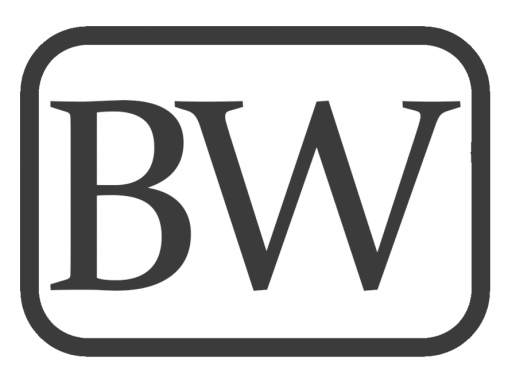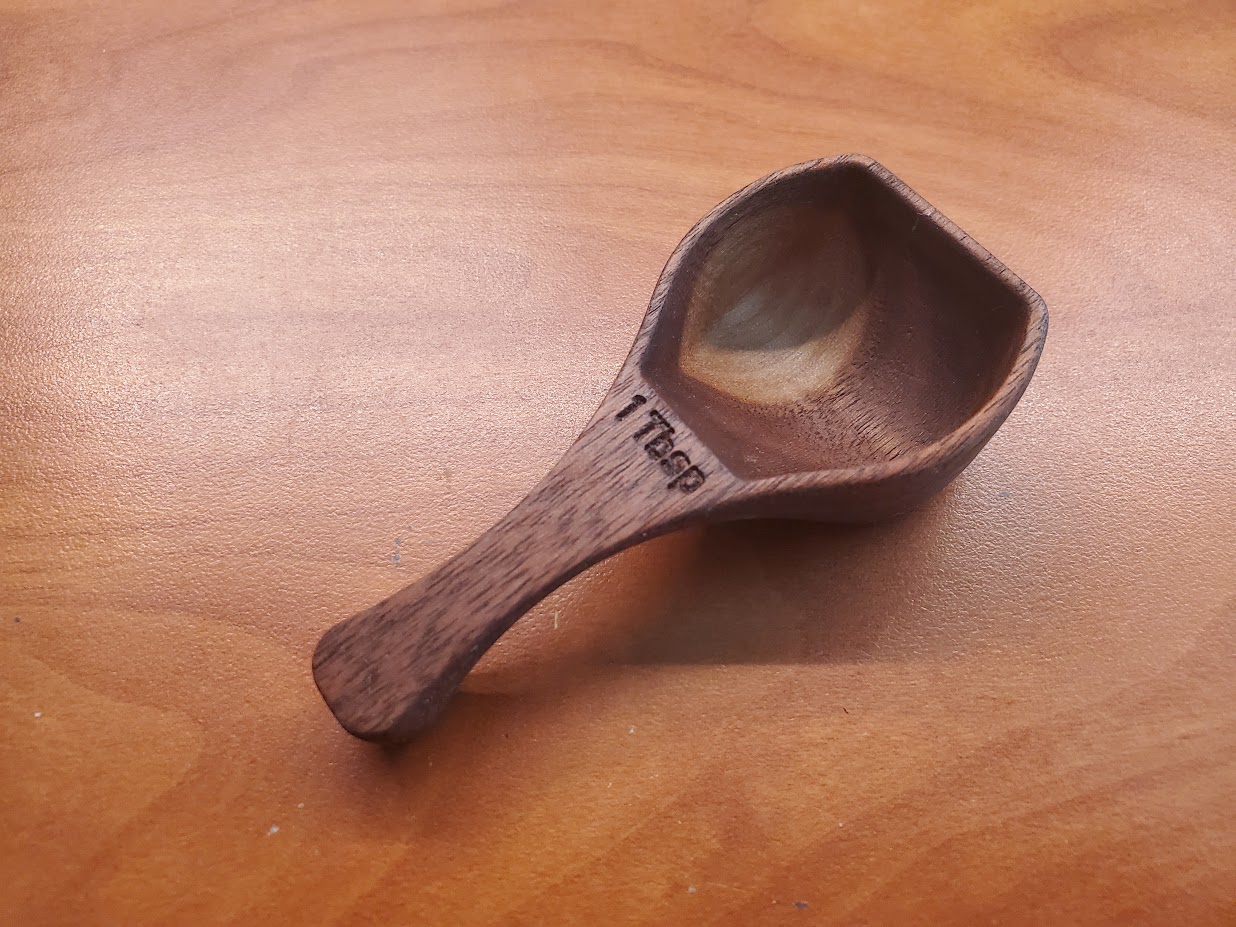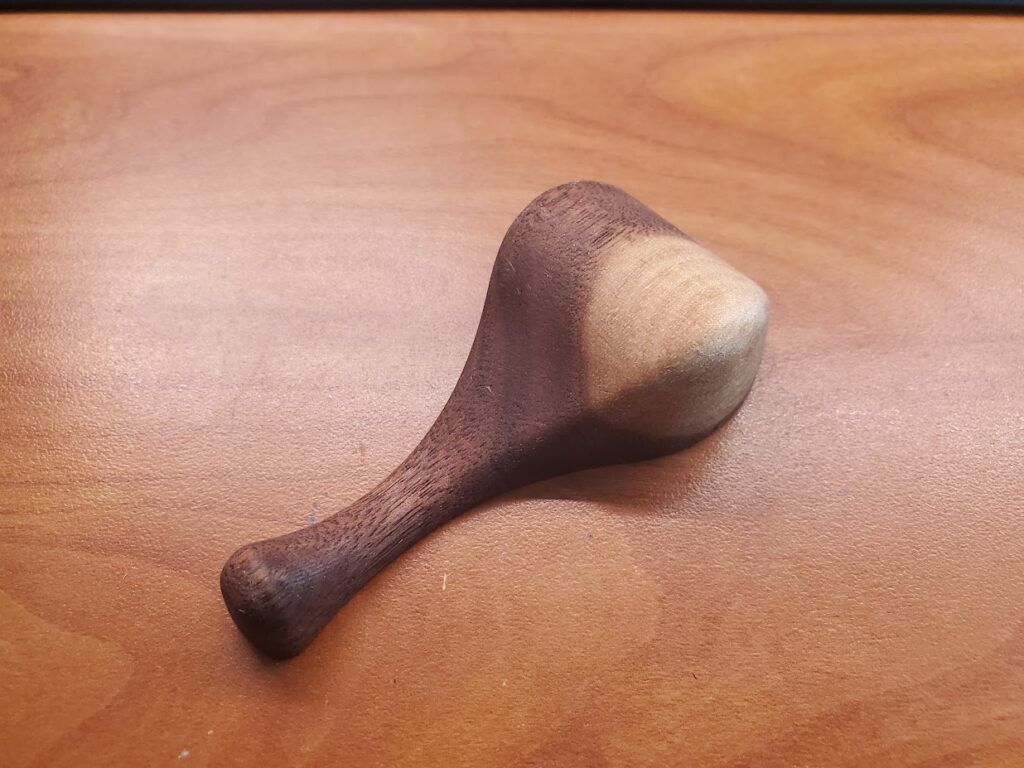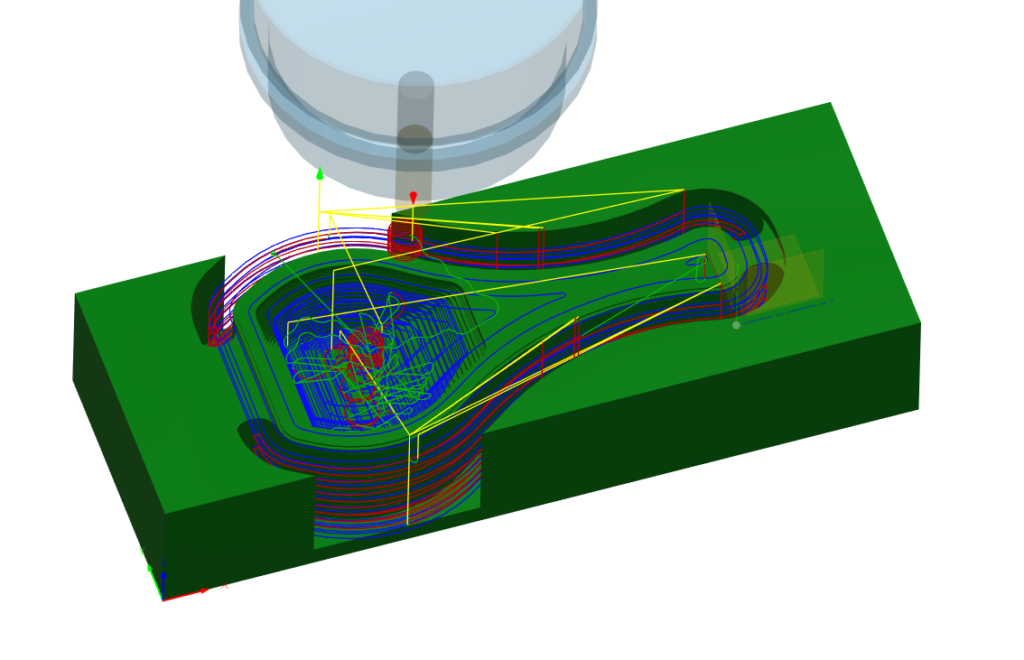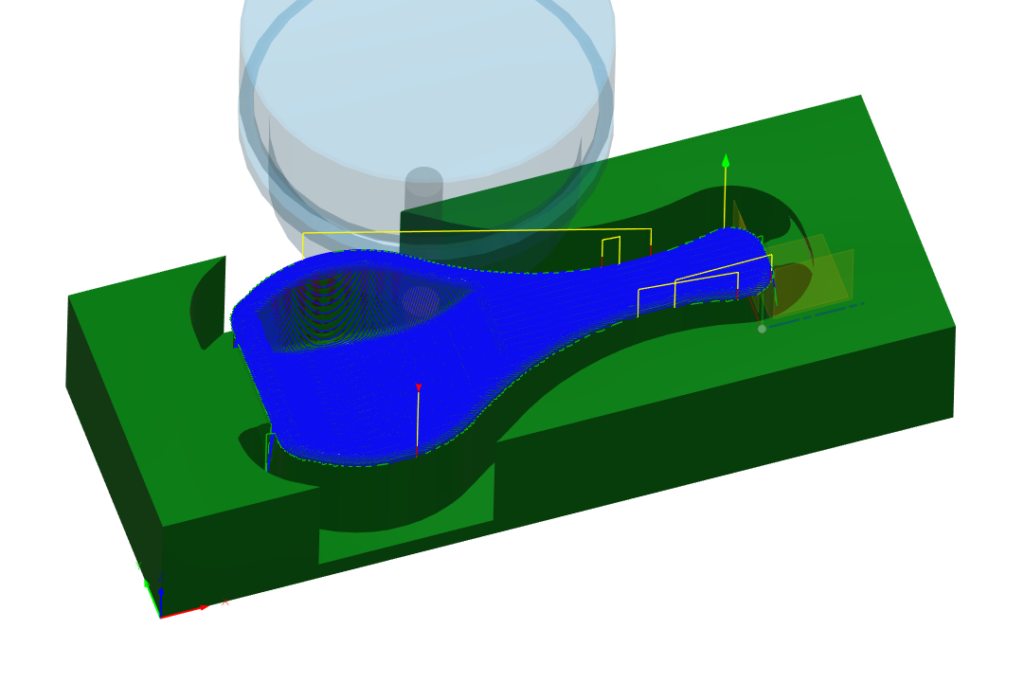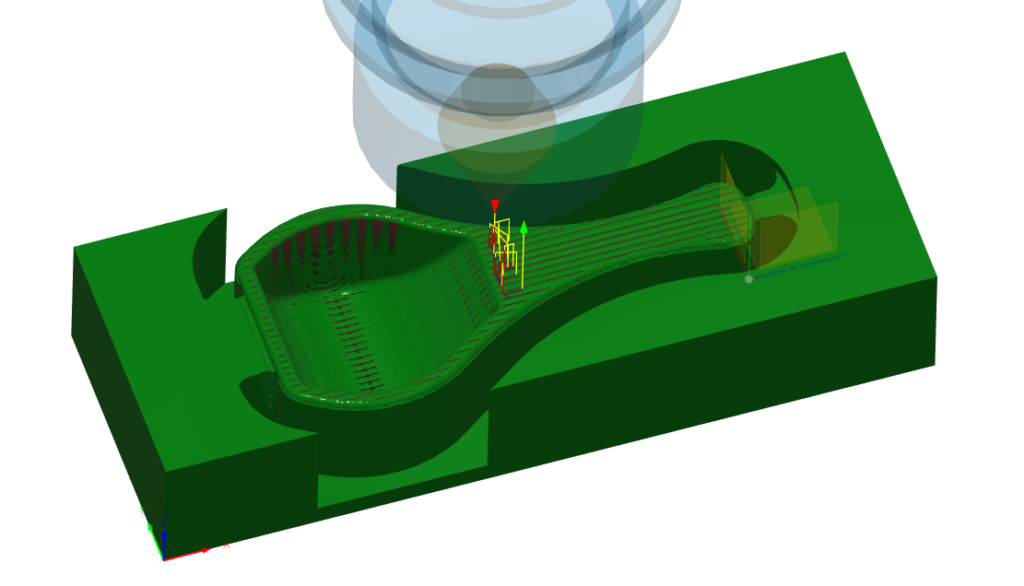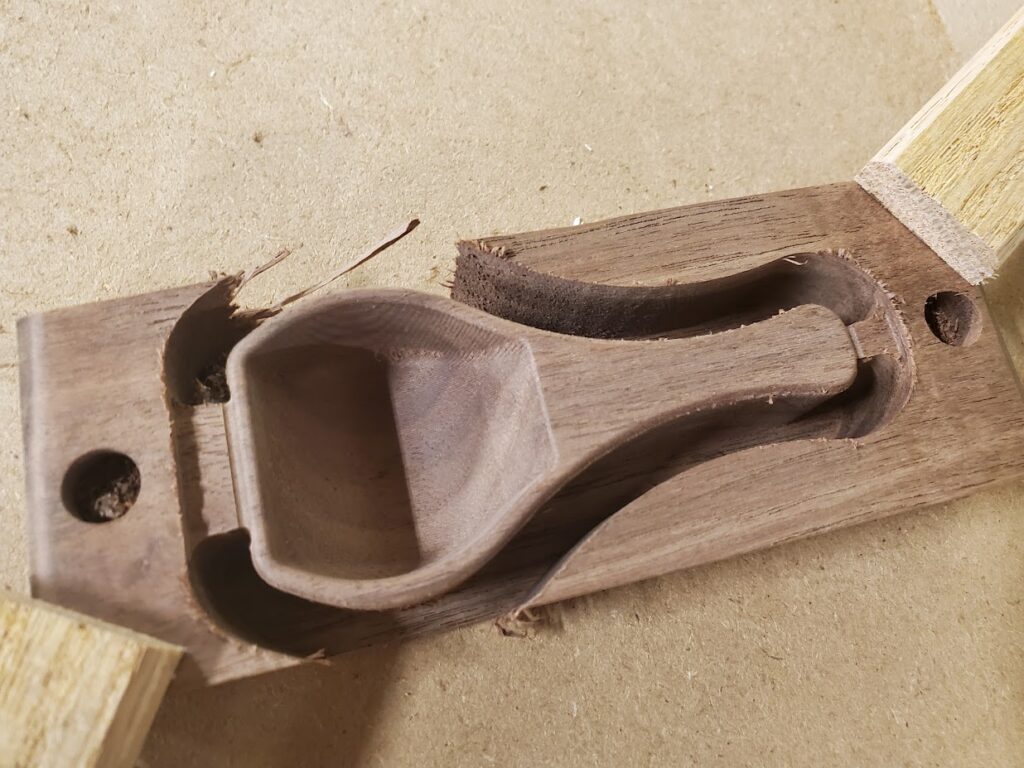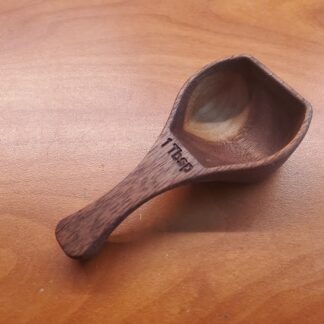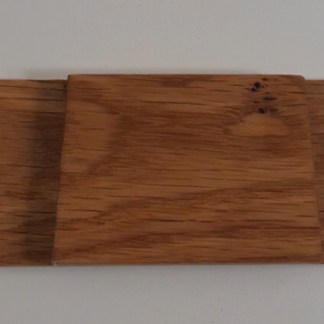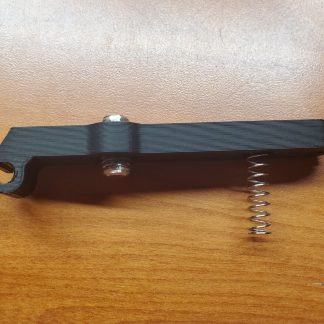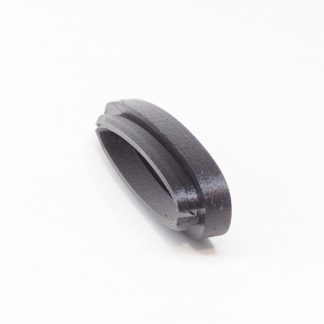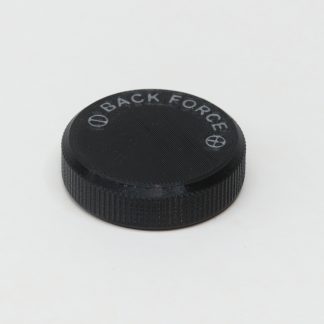
Over the past couple years, I have made several sets of downhill skis. To display and store them, I wanted a way to hang them on a wall with the topsheets visible. The design I came up with is a simple piece of hardwood milled to shape with a CNC router. It has an angled design for aesthetics, and two pockets which taper from top to bottom. This taper allows the ski to wedge into the hanger at a point where the width of the ski is increasing toward the tip, and corresponding to the width of the machined pocket.
The actual machining process for this part is quite simple, with just one setup and no need to flip the part. It can even be accomplished with a single tool by skipping the chamfer operation.
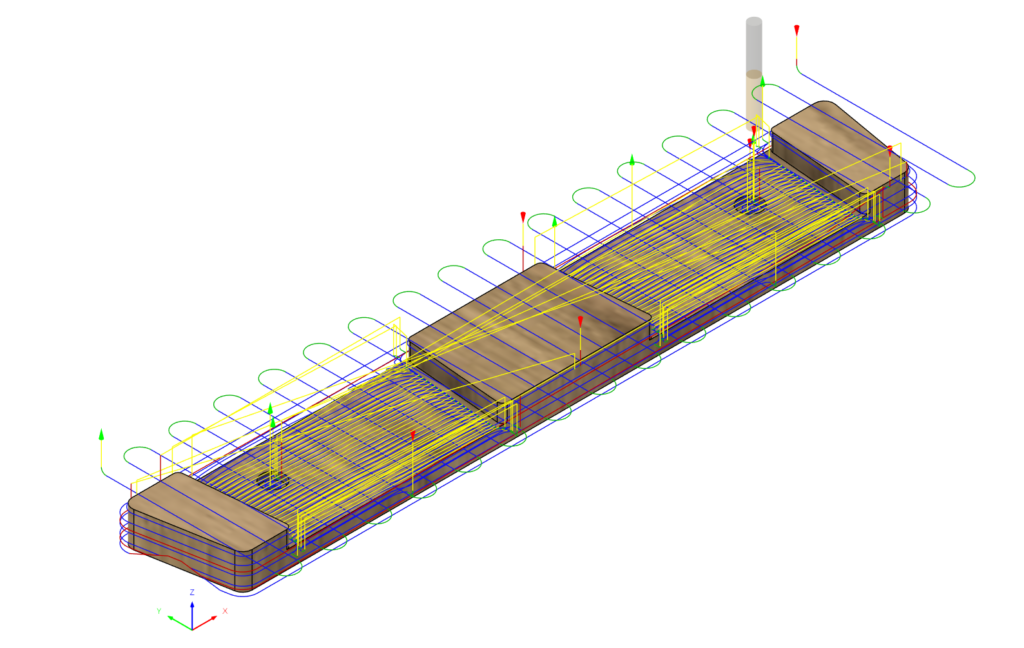
The hangers are mounted to the wall with 2 screws in drywall anchors.

If you would like to make one yourself, get the download below for the Fusion file. This includes the parametric 3D model, as well as the programmed toolpaths and CNC setup.

Digital Download – CNC Wood Ski Hanger Fusion File
This is a digital download of a Fusion design file (.f3d) which contains:
- 3D Parametric CAD Model
- CAM Setup, Including Stock
- CAM Toolpaths
